11 Most Powerful Telescopes Ever Built On This Planet
Powerful telescopes, since their invention in early 1600s, have disrupted the world of astronomy. They send awe-inspiring images from deep space and make significant observations and much-needed explorations far in the universe.
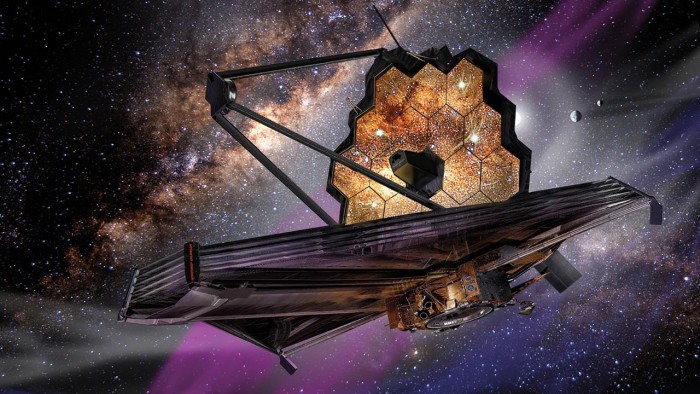
It wasn’t until telescope’s invention that we could explore into the incredibly amazing and ever-fascinating cosmos so closely. The telescope gives an up-close look at the innumerable stars and galaxies, the mystifying planets and satellites and everything that surrounds within and beyond our spellbinding planet Earth across the vast expanse of universe.
Ever since the Hans Lippershey invented the first telescope in 1608, the telescopes have evolved tremendously to this day and age. From X-ray telescopes to atmosphere-bypassing Hubble Space Telescope to James Webb Space Telescope, the national and international space agencies have come a long way. With the world of astronomy undergoing huge disruption around the world, the telescopes now use enormous mirrors, adaptive optics and other tricks to see deeply into the space and back in time.
Let’s here look at the most powerful telescopes that have ever been built and those we’ll see in near future.
1. James Webb Space Telescope
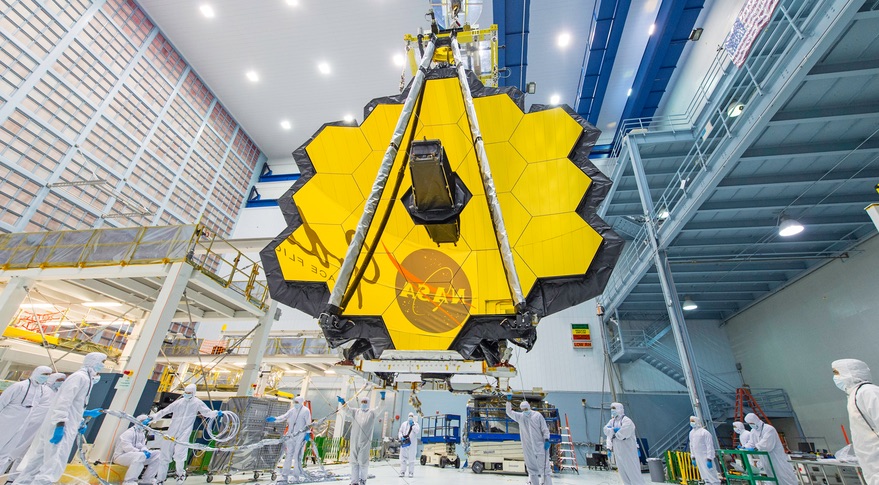
Built by NASA with support from the European Space Agency and the Canadian Space Agency, the James Webb Space Telescope is the infrared telescope and is known to be 100 times more powerful than the famed Hubble. It has been called the most powerful telescope ever made.
Source = "James Webb Space Telescope (JWST)"
Its gigantic 21-foot-wide gold-coated mirror actually has 18 smaller mirrors attached together. It is set to launch in 2019. (14.1)
2. Hubble Space Telescope
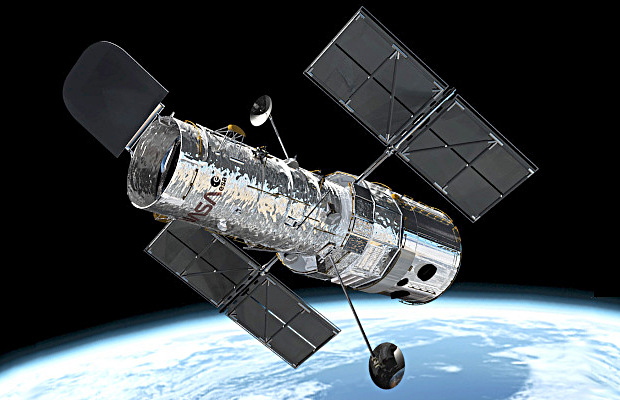
Named in the honor of astronomer Edwin Hubble, the Hubble Space Telescope was launched on 24 April, 1990 and has made more than 1.3 billion observations ever since.
Source = "Space Videos"
This space telescope has 7.9 feet mirror and is one of the largest and most versatile telescopes and productive out there. Capturing some of the most detailed visible light images ever, it has allowed a deep view into space and time. Several Hubble observations have resulted in breakthroughs in astrophysics including accurate calculation of the rate of expansion of the universe.
3. Spitzer Space Telescope

The Spitzer Space Telescope is an infrared space telescope that was launched in 2003. It has been used for making several observations including Andromeda galaxy having trillions of stars, twice to that of Milky Way.
4. European Extremely Large Telescope (E-ELT)
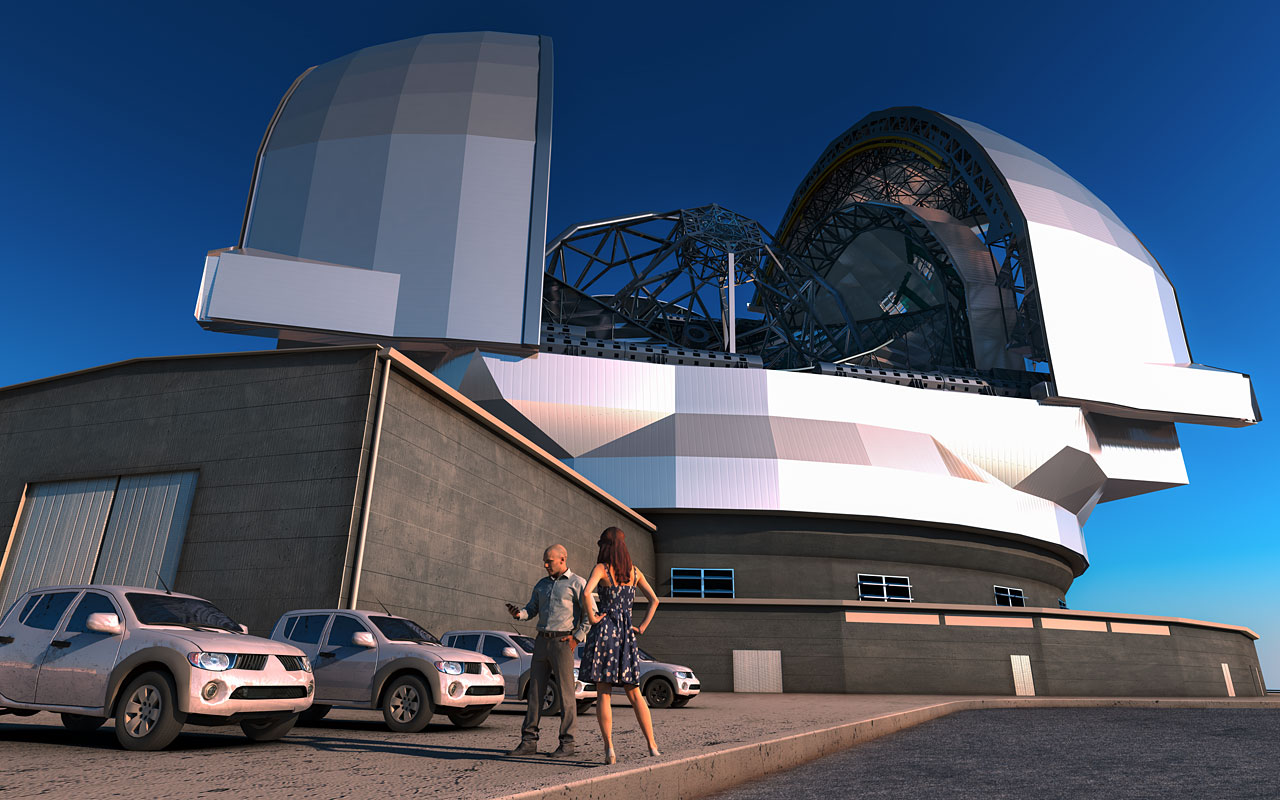
The European Extremely Large Telescope was built by 19 June 2014. Its first light has been planned for 2024. Fully adaptive and diffraction-limited, it will provide 16 times sharper images than those from Hubble’s telescope. It will help in detailed study of planets around other stars, universe’s first galaxies, enormous black holes, and nature of the Universe's dark sector.
5. Kepler Space Telescope
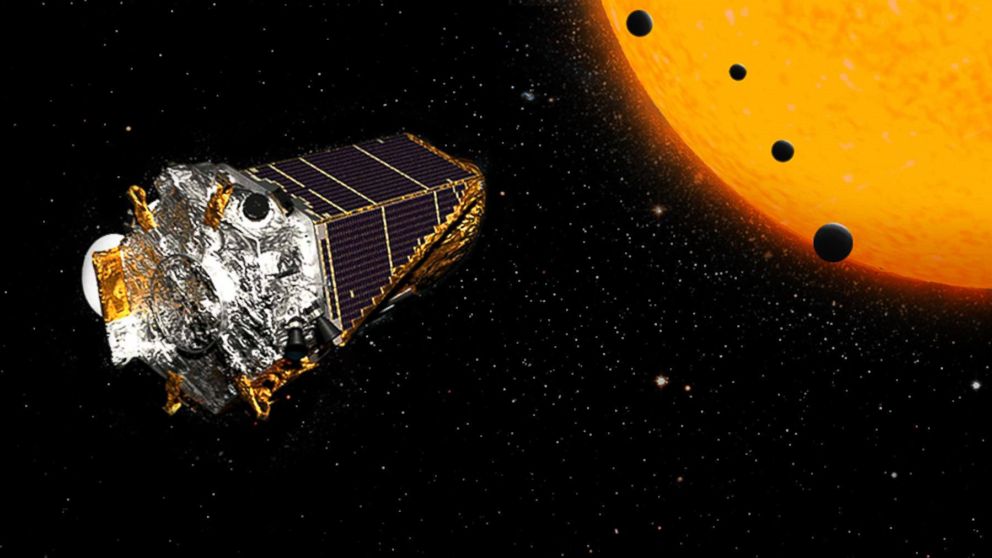
The Kepler Space Telescope launched by NASA is the exoplanet hunter that was built to discover Earth-size planets orbiting other stars. As of June 2017, this telescope discovered 2,335 confirmed planets and adding the potential planets, its discovery of exo-worlds stands at 4,034. Kepler’s finding of 10 Earth-like planets is one of the greatest and most amazing space news of 2017.
6. Five-Hundred-Meter Aperture Spherical Telescope (FAST)
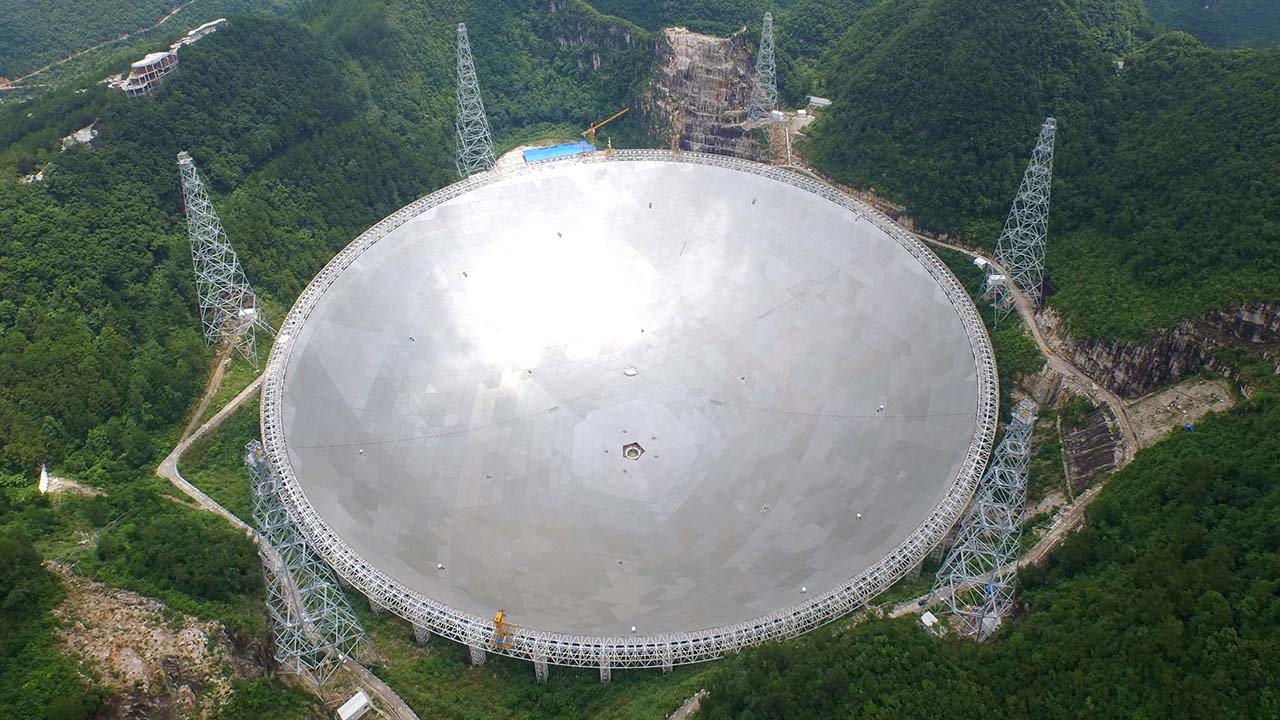
The Five-Hundred-Meter Aperture Spherical Telescope is world’s largest radio telescope in service. Located in the Dawodang depression of southwest China, its first light was achieved in September 2016. Its mission is to detect interstellar molecules, search for extraterrestrial intelligence and make pulsar observations.
7. Giant Magellan Telescope
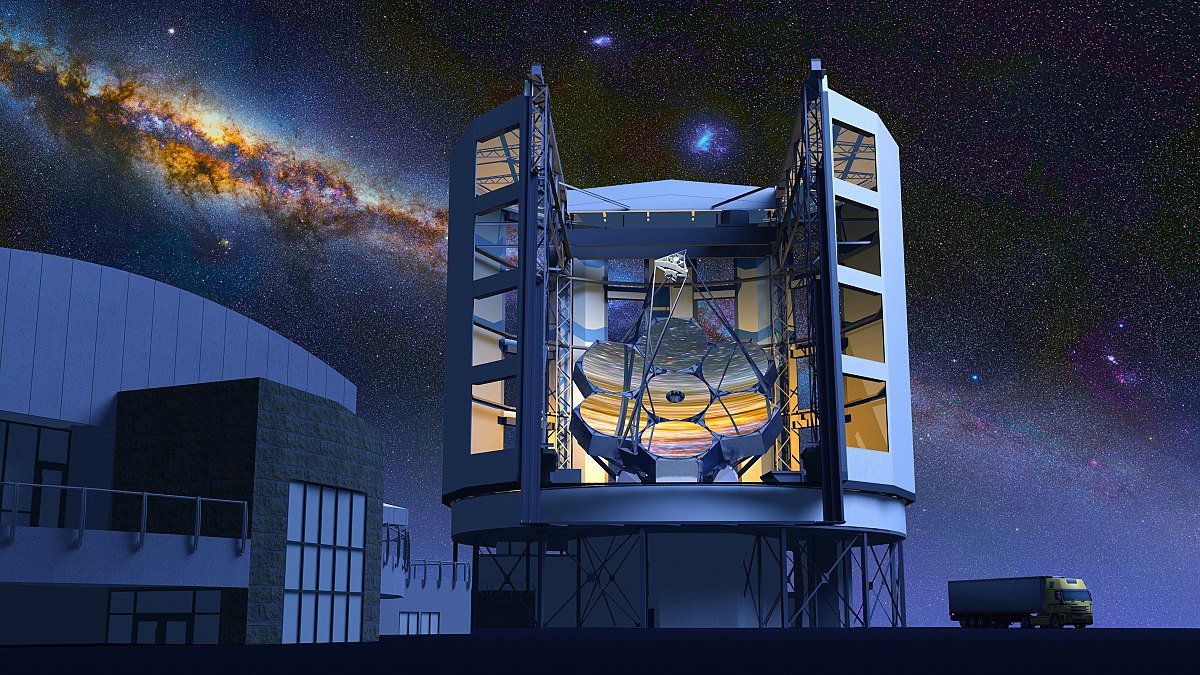
The Giant Magellan Telescope is an extremely large telescope under construction and will observe infrared and optical light. At the time of its first light in 2022, it will be the world’s largest optical observatory. Its telescope is anticipated to have resolving power 10 times of Hubble’s telescope. (14.2)
8. Large Binocular Telescope
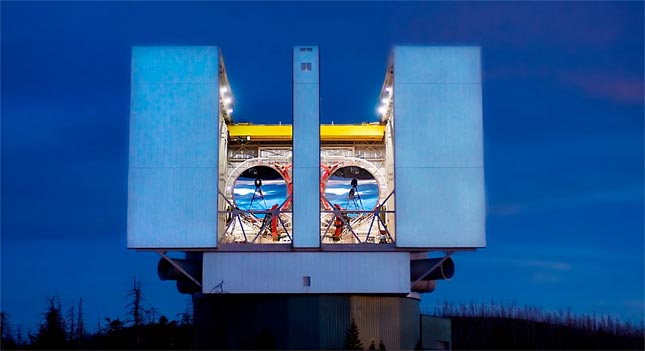
The Large Binocular Telescope is an optical telescope located on Mount Graham in southern Arizona. One of the world’s most advanced and powerful optical telescopes, it has the largest monolithic or non-segmented mirror in an optical telescope. (14.3)
9. Large Synoptic Survey Telescope (LSST)
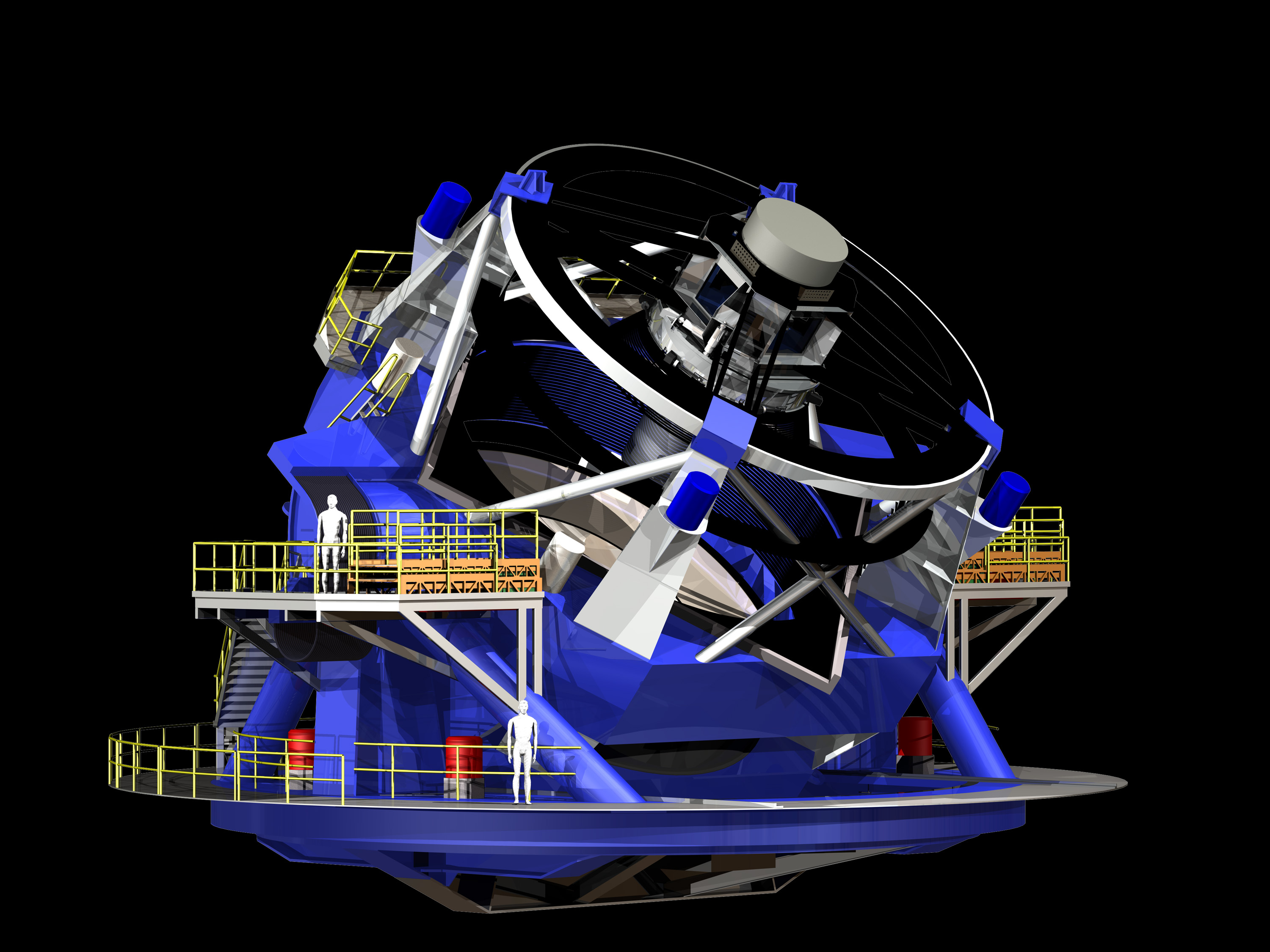
Sited in the Andes, the Large Synoptic Survey Telescope is a wide-field reflecting telescope that will capture over 800 panoramic images with its 3.2 billion pixel camera. Its first light is anticipated in 2019. Its unprecedented depth and detail will help locate the mysterious dark matter, to track transient objects and even detect potentially hazardous asteroids that might cause significant damage to Earth.
10. Wide Field Infrared Survey Telescope – Astrophysics Focused Telescope Assets (WFIRST-AFTA)
Source = "NASA Goddard"
Wide Field Infrared Survey Telescope is a future infrared space observatory that will allow search for extrasolar planets, and precisely measure dark energy effects.
11. Thirty Meter Telescope (TMT)
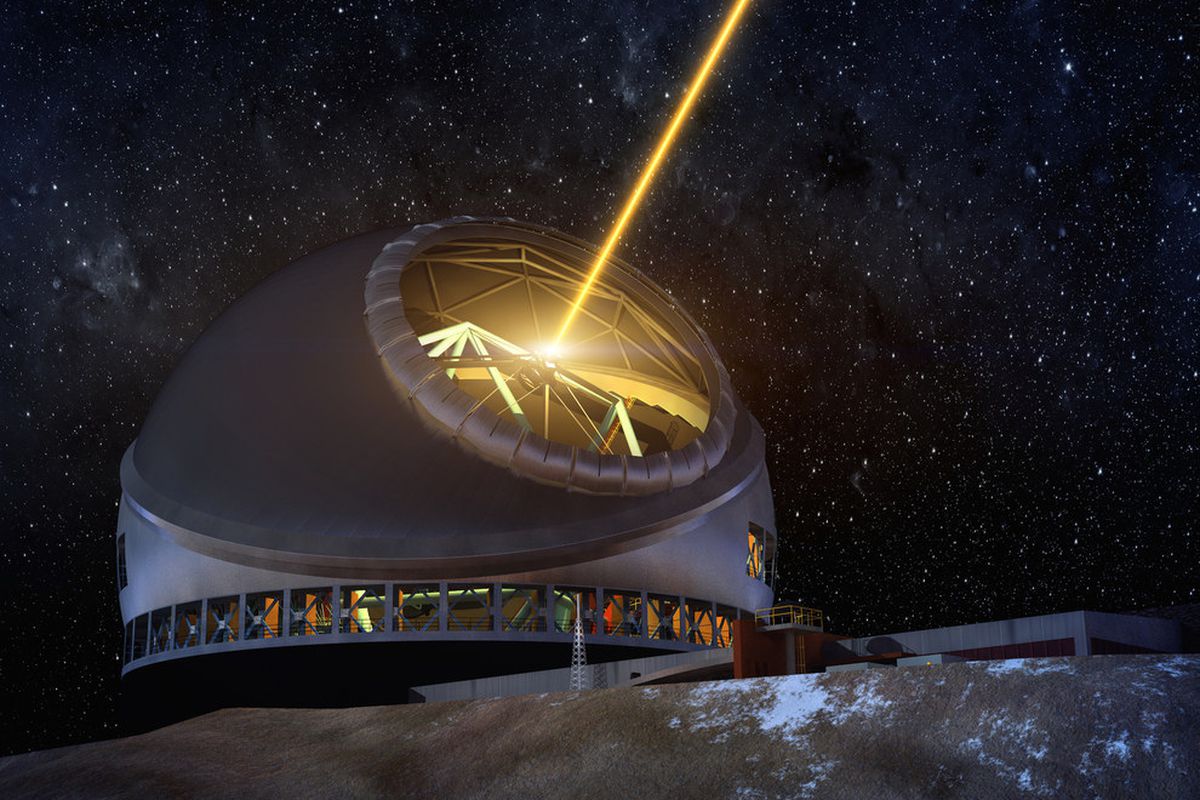
Thirty Meter Telescope will be the most advanced and one of the most powerful optical telescopes. It will allow astronomers to observe our solar system and stars throughout Milky Way and its neighboring galaxies. With primary mirror of 30 m, it is located on the top of Mauna Kea in Hawaii.
Popular Posts
What Is Trypophobia – A Disgust More Than Fear
"I can't really face small, irregularly or asymmetrically placed holes, they make me like, throw up in my mouth, cry a little bi...
Chandan Roy
16 Interesting Facts About Ambidextrous People
A lefty or left-handed uses his left hand more naturally and dominantly than the right hand. And the righty or right-handed is o...
Ethan Stephans
20 Interesting Facts About Meteoroid, Meteor and Meteorite
Watching celestial objects is a true delight. It is still fun to catch a sight of shooting stars when we grow up. A second of th...
Swati Bhandari








